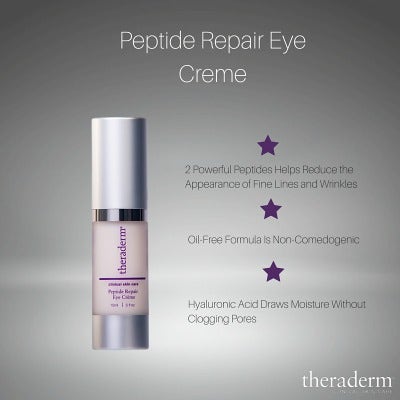How to Choose the Right Concealer For Almost Any Facial Blemish
Concealers have been the saving grace for people struggling to hide facial blemishes for years. Thanks to concealer, we are able to hide everything from zits and dark circles to elaborate tattoos, as well as highlight cheekbones and eyes. But sometimes, choosing the right one can be overwhelming.
You’ve probably noticed that concealers have “grown up” in past 5 years or so and no longer come in only skin tone shades making the choice even more difficult. Now, there are many different colors (green, purple, pink, yellow, white, etc.) to choose from -- with each shade having a specific issue they are best suited to cover up. And don't forget that if you have several spots on your face you need to conceal, understanding color correcting concealers can be a total game changer.
But first things first. Mastering the art of color correcting has a lot to do with the basic knowledge of the color wheel paired with the Fitzpatrick scale. When colors are directly across from each other on the wheel, they are complementary colors. This means, when they are combined, they neutralize each other. This is important information as it will help you correctly select the concealer color for the area you want to cover. Just remember that the color wheel contains “hues” so red may not simply be red but could actually have more orange in it. This just means the complementary, or neutralizing color would be different.
Combining this knowledge with Fitzpatrick type allows you the ability to color almost any facial imperfection you have.
Purple: Dark circles, bruising caused by aesthetic procedures
If your under-eye circles are more purple than blue and you have light to medium skin tone, yellow-based correctors will work best. If you have medium-dark to dark skin, red is the way to go.
Red: Acne, scarring, rosacea
A green-based concealer will work best for lighter skin tones, but those with darker tones will need to correct with a yellow-based corrector.
Blue: Veins
For those dealing with blue-toned skin lesions such as periorbital veins, the best choice would be a concealer with peachy or orange undertones. Lighter tones can use peach or salmon, while deeper tones will require orange-toned correctors.
Yellow: bruising
Purple/lavender concealers are best for eliminating yellow tones. It can also help combat sallow undertones.
Brown: Melasma, seborrheic keratosis, post-procedure hyperpigmentation, some acne scarring
According to Dr. Naisaan O. Wesley, Beverly Hills dermatologist, “Brown is actually the hardest of all colors to correct. The deeper the pigment (ashy dermatitis, melasma) the grayer the areas appear with skin concealers. The more superficial the pigment (ephelides, lentigines), the easier it is to correct. Generally speaking, peach toned concealers work best, not beige or brown. The corrector, however, should be lighter than the skin tone or the lesion itself will appear darker.”
Keep in mind - you can use this guide to color correct any area of your body. Concealing skin blemishes can help prevent anxiety and make you feel more confident!
To help prevent dark circles, Theraderm Peptide Repair Eye Creme is just what you need!

